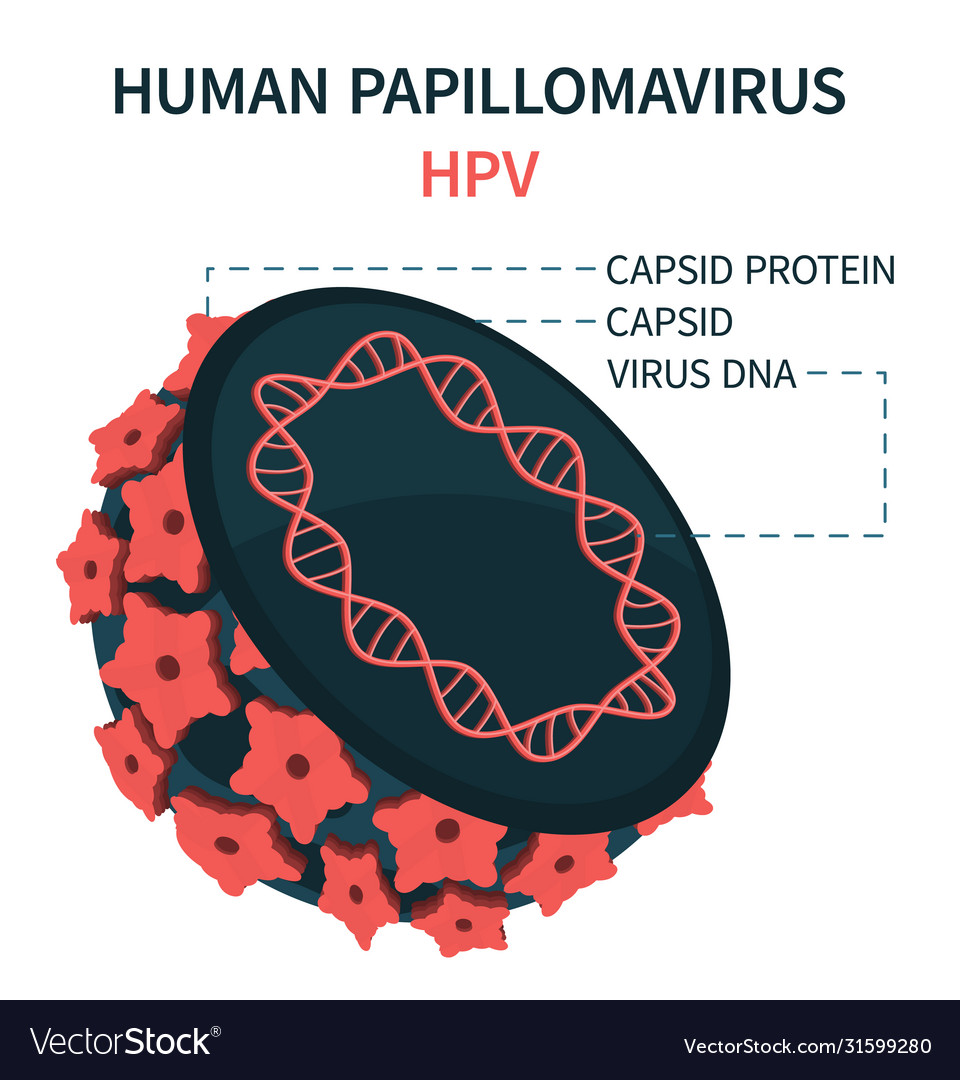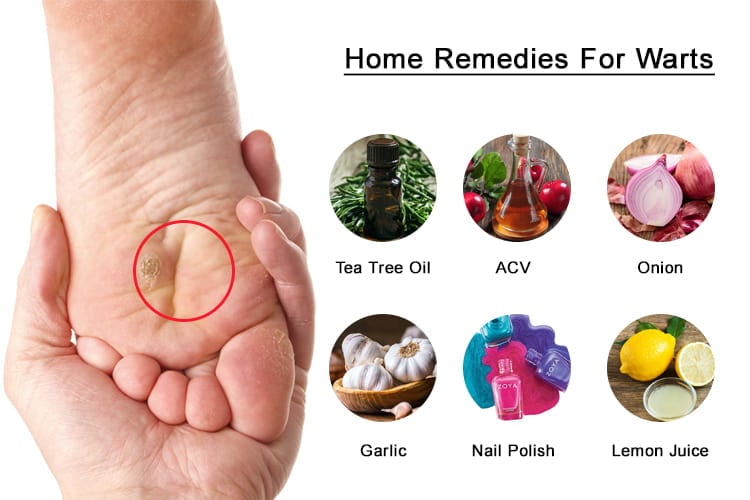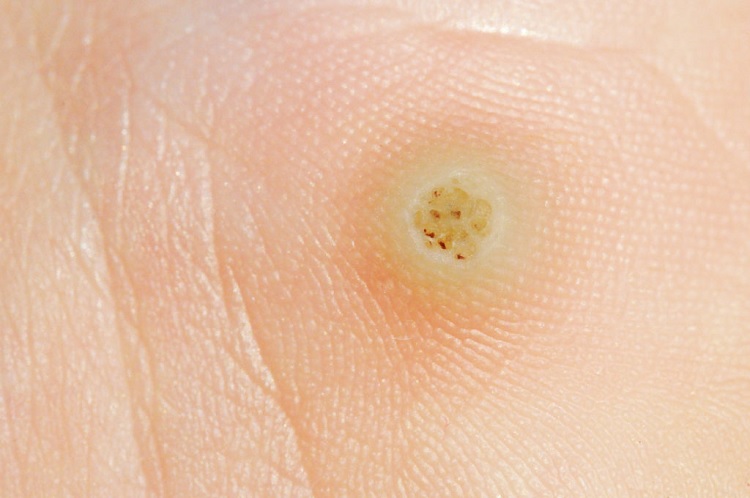In the United States, health-related topics are constantly trending, especially when it comes to common skin conditions. One such condition that has gained attention is Ojo De Pescado En La Piel, a term often used in Spanish-speaking communities. Translating to “fish eye on the skin,” this condition refers to a type of wart known as a verruga or mezquino. In this article, we’ll explore what Ojo De Pescado En La Piel is, its causes, and how it can be treated effectively.
Understanding Ojo De Pescado En La Piel
Ojo De Pescado En La Piel is a type of viral infection caused by the Human Papillomavirus (HPV). These warts typically appear on the hands and feet and are characterized by their rough, raised surface and small black dots in the center—these are actually tiny blood vessels. While they are generally harmless, they can be uncomfortable and even painful, especially if they develop on weight-bearing areas like the soles of the feet.
These warts are also commonly referred to as plantar warts when they occur on the feet, and common warts when they appear on the hands. They are most prevalent in children and young adults, though anyone can get them. The virus spreads through direct contact with infected surfaces or skin, making public spaces like gyms, swimming pools, and locker rooms high-risk areas.
Causes of Ojo De Pescado En La Piel
The primary cause of Ojo De Pescado En La Piel is the Human Papillomavirus (HPV). There are over 100 types of HPV, but only certain strains cause warts on the skin. The virus enters the body through small cuts or abrasions on the skin, where it then multiplies and causes the formation of warts.
Some key factors that increase the risk of developing these warts include:
- Weakened immune system: People with compromised immune systems, such as those with HIV or undergoing chemotherapy, are more susceptible.
- Frequent skin injuries: Individuals who work with their hands, like chefs or construction workers, are at higher risk due to repeated minor injuries.
- Poor hygiene: Not keeping the skin clean and dry can create an environment where the virus thrives.
- Close contact: Sharing towels, shoes, or personal items with someone who has warts increases the chance of transmission.
While stress and anxiety may not directly cause Ojo De Pescado En La Piel, they can weaken the immune system, making it easier for the virus to take hold.
Symptoms of Ojo De Pescado En La Piel
The symptoms of Ojo De Pescado En La Piel vary depending on the location and severity of the infection. Common signs include:
- A small, hard bump on the skin
- A rough or bumpy texture on the surface
- Black dots in the center (blood vessels)
- Pain or tenderness, especially when pressure is applied
On the feet, plantar warts can cause discomfort while walking and may feel like there’s a pebble inside the shoe. On the hands, they may appear as round, flesh-colored growths and can be easily irritated.
Medical Treatments for Ojo De Pescado En La Piel
If Ojo De Pescado En La Piel persists or becomes painful, medical intervention is recommended. Here are some of the most effective treatments:
1. Topical Treatments
- Salicylic acid: This over-the-counter treatment helps remove the outer layers of the wart, gradually reducing its size. It must be applied daily for several weeks.
- Cryotherapy: Freezing the wart with liquid nitrogen causes it to blister and fall off. This is usually done in a doctor’s office and may require multiple sessions.
2. Surgical Options
- Laser therapy: Used for stubborn or large warts, laser treatment destroys the wart tissue without damaging surrounding skin.
- Electrosurgery: This involves using an electric current to burn off the wart.
- Excision: A minor surgical procedure to cut out the wart, often followed by a dressing to prevent infection.
3. Prescription Medications
- Immunotherapy: In some cases, doctors may prescribe medications that stimulate the immune system to fight the virus.
- Antiviral creams: These can help reduce the spread of the virus and speed up the healing process.
Natural Remedies for Ojo De Pescado En La Piel
For those seeking alternative options, several natural remedies have been reported to help reduce the appearance of Ojo De Pescado En La Piel. However, it’s important to note that these should be used with caution and ideally under the guidance of a healthcare professional.
1. Aloe Vera
- Apply fresh aloe vera gel directly to the wart. Its anti-inflammatory and antiviral properties may help reduce the size of the wart over time.
2. Garlic
- Crush a garlic clove and apply it to the affected area. Garlic has natural antiseptic properties that may help kill the virus.
3. Tea Tree Oil
- Dilute tea tree oil with a carrier oil and apply it to the wart. Its antimicrobial properties may help prevent infection and promote healing.
4. Apple Cider Vinegar
- Soak a cotton ball in apple cider vinegar and apply it to the wart. Cover with a bandage and leave it overnight. Repeat daily until the wart disappears.
Prevention Tips for Ojo De Pescado En La Piel
Preventing Ojo De Pescado En La Piel is often easier than treating it. Here are some tips to reduce your risk:
- Keep your hands and feet clean and dry to prevent the virus from thriving.
- Avoid walking barefoot in public areas like showers, pools, and gyms.
- Don’t share personal items such as towels, socks, or nail clippers.
- Wear protective gloves when working with your hands, especially in environments where cuts or abrasions are common.
- Boost your immune system by eating a balanced diet, exercising regularly, and getting enough sleep.
When to See a Doctor
While many Ojo De Pescado En La Piel cases resolve on their own, it’s important to consult a dermatologist if:
- The wart is painful or growing rapidly
- You have diabetes or a weakened immune system
- The wart is on your face or genitals
- You’ve tried home remedies without success
A doctor can provide a proper diagnosis and recommend the best course of treatment.
Conclusion
Ojo De Pescado En La Piel is a common skin condition caused by the Human Papillomavirus. While it is generally harmless, it can be uncomfortable and even painful in some cases. Fortunately, there are both medical and natural treatments available to help manage and eliminate these warts. By practicing good hygiene, boosting your immune system, and seeking professional care when needed, you can reduce your risk of developing Ojo De Pescado En La Piel and keep your skin healthy.
Stay updated with the latest news on skin health and other trending topics in the US.
Author: Maria Lopez
Title/Role: Health Writer & Dermatology Researcher
Credentials: Maria has over a decade of experience in health journalism and has contributed to numerous publications focusing on dermatology and wellness. She holds a degree in Public Health from the University of California, Los Angeles (UCLA).
Profile Link: Maria Lopez Profile
Sources:
– Mayo Clinic – Warts
– Centro de Dermatología de Monterrey – Verrugas
– Healthline – HPV and Warts
Internal Links:
– How to Treat Skin Warts
– Understanding HPV Infections
– Natural Remedies for Skin Conditions
Image Optimization:
–
– 
–
– 
– 
Schema Markup:
{
"@context": "https://schema.org",
"@type": "Article",
"headline": "What Is Ojo De Pescado En La Piel and How to Treat It?",
"description": "Learn about Ojo De Pescado En La Piel, its causes, and effective treatments. Stay informed on US trending health news.",
"author": {
"@type": "Person",
"name": "Maria Lopez"
},
"datePublished": "2025-04-05"
}











More Stories
US Trending News: The History and Legacy of Zoo York in Streetwear Culture
What Is Yodo Para Tiroides and How Does It Affect Thyroid Health?
Understanding ‘You Got That Right’ in The New York Times: Context and Implications